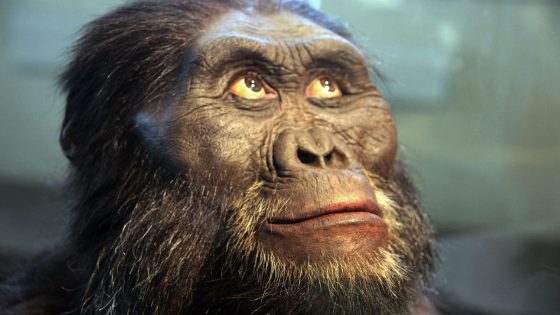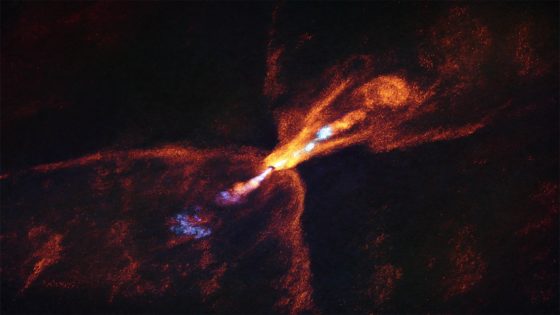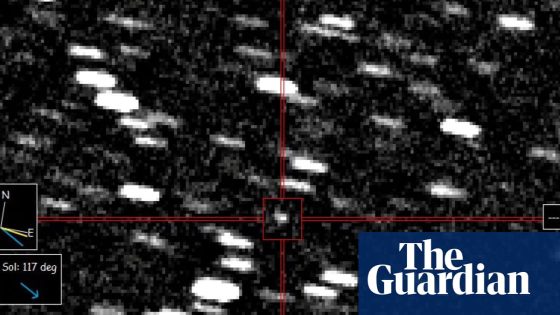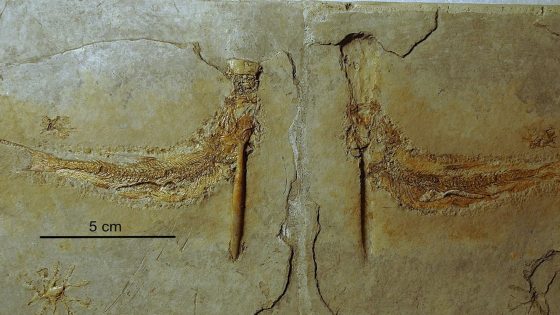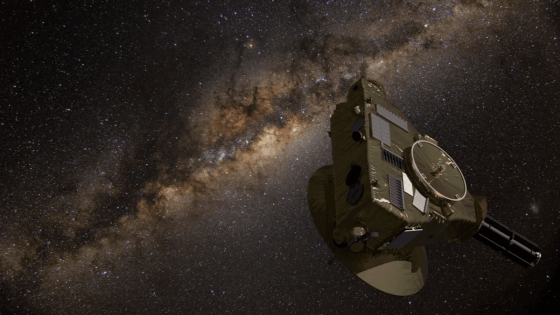Fossilized teeth discovered in Ethiopia have unveiled a new species of early hominins, enriching our understanding of human evolution. This significant find, dated between 2.6 and 2.8 million years ago, challenges the traditional linear view of our ancestry, suggesting a more complex, bushy family tree.
- New hominin species discovered in Ethiopia
- Challenges linear ape-to-human evolution model
- Fossil teeth date back 2.6-2.8 million years
- Research led by Arizona State University
- Findings emphasize need for more fossils
- Study published in journal Nature
As reported on 2025-08-15 18:16:00, researchers from Arizona State University identified these teeth as belonging to a previously unknown species, living alongside early members of our own genus, Homo. This discovery is crucial for understanding how different hominin species coexisted and evolved.
This discovery raises important questions about how various hominin species interacted and coexisted. Did they compete for resources, or did they share habitats? Understanding these dynamics is essential for piecing together our evolutionary history.
- Fossils indicate a coexistence of multiple hominin species.
- Research highlights the non-linear nature of evolution.
- Further fossil discoveries are needed to confirm unique traits.
As we continue to explore our past, each new discovery offers the potential to reshape our understanding of human history. Scientists urge for more excavations to further illuminate the rich tapestry of our evolutionary journey.



